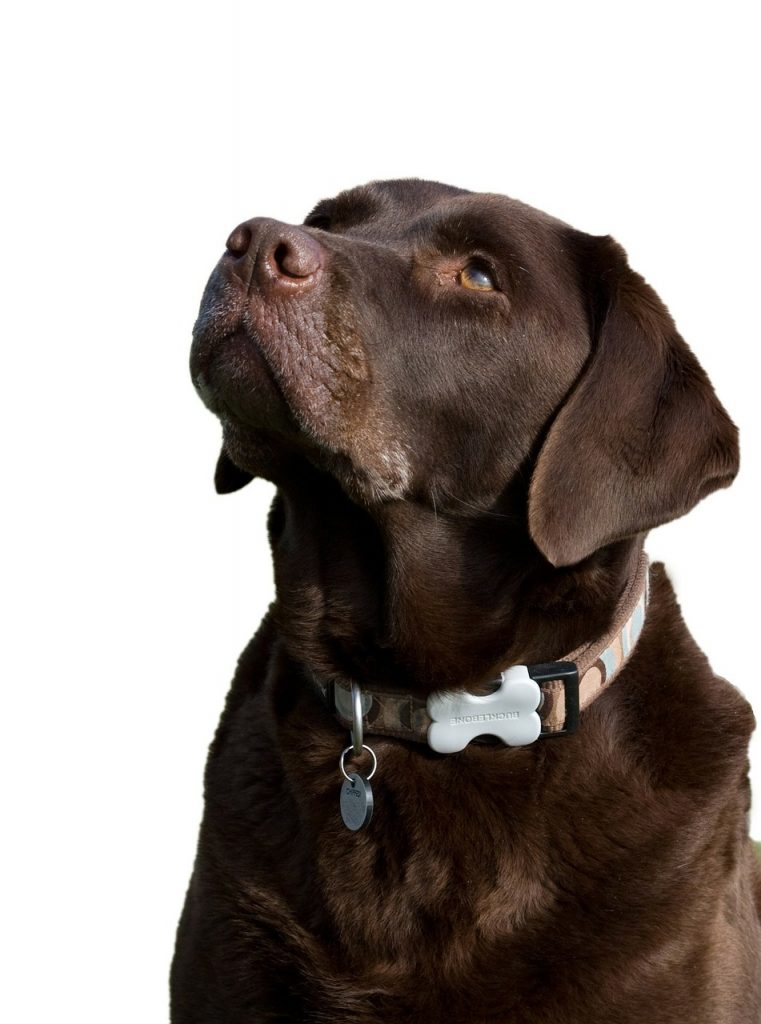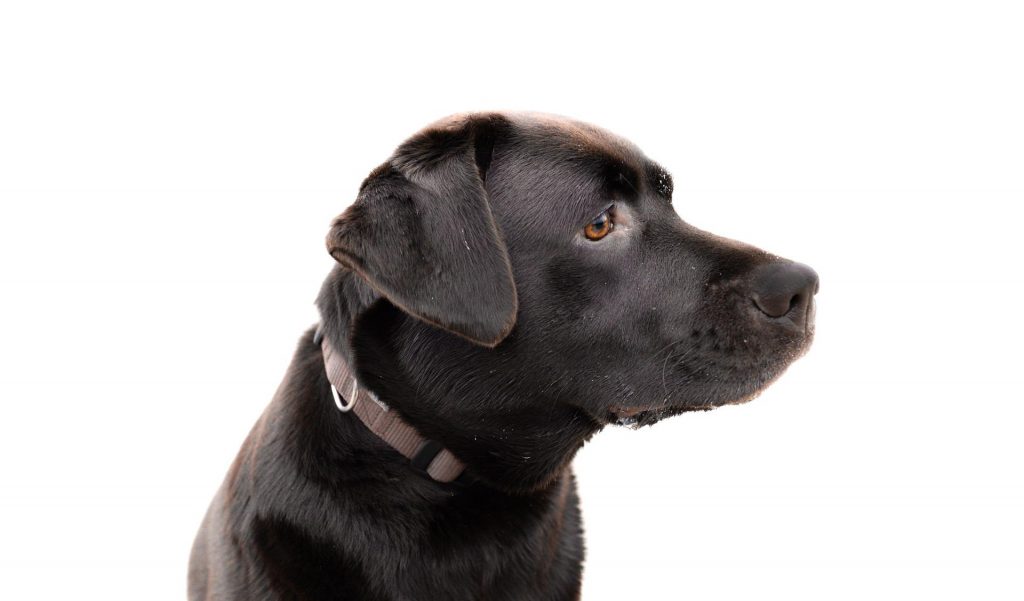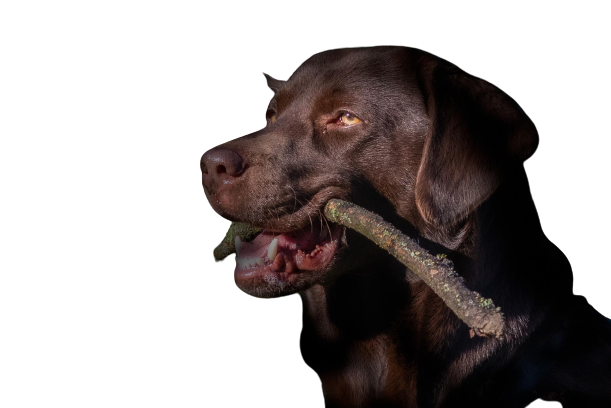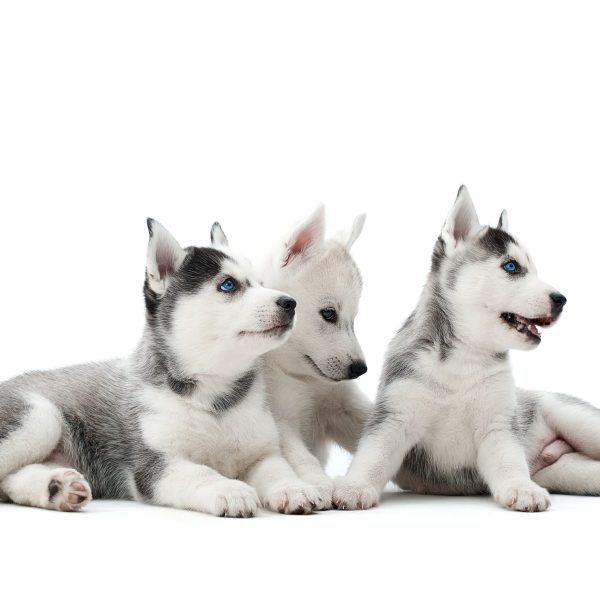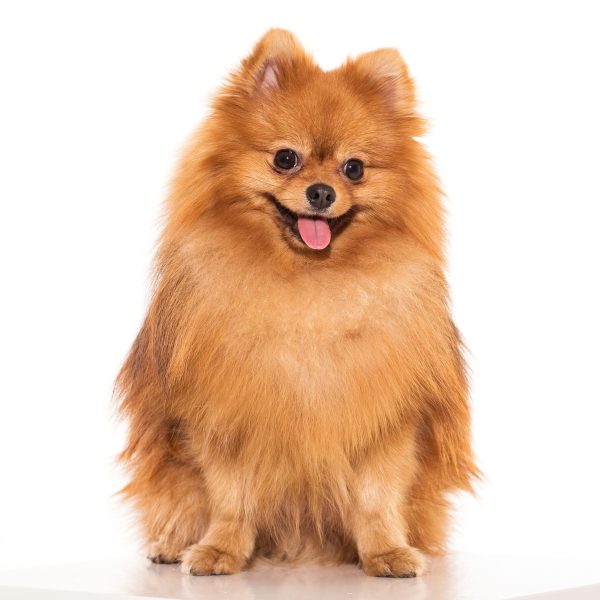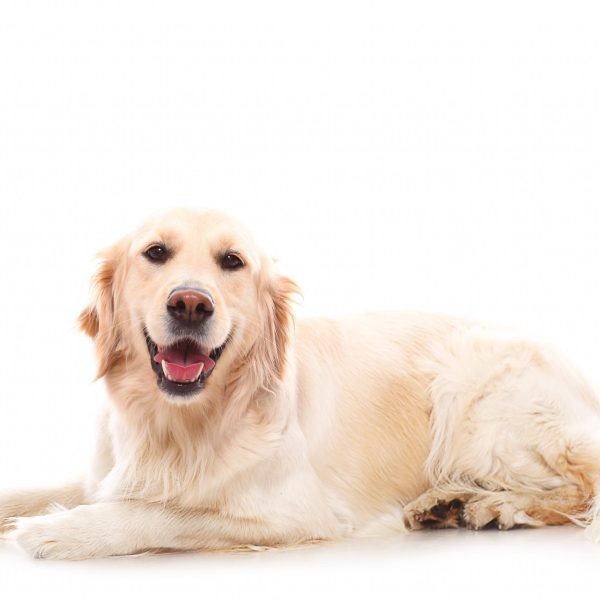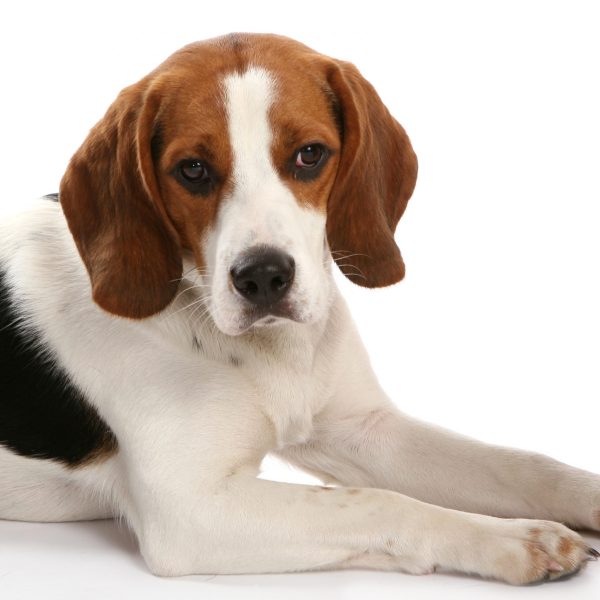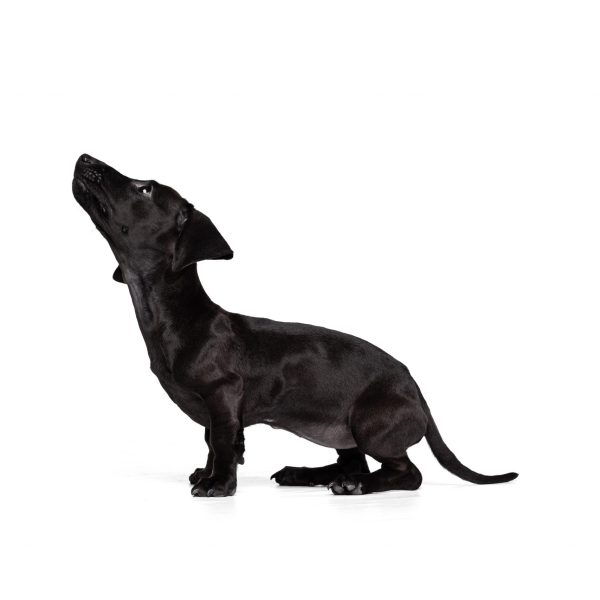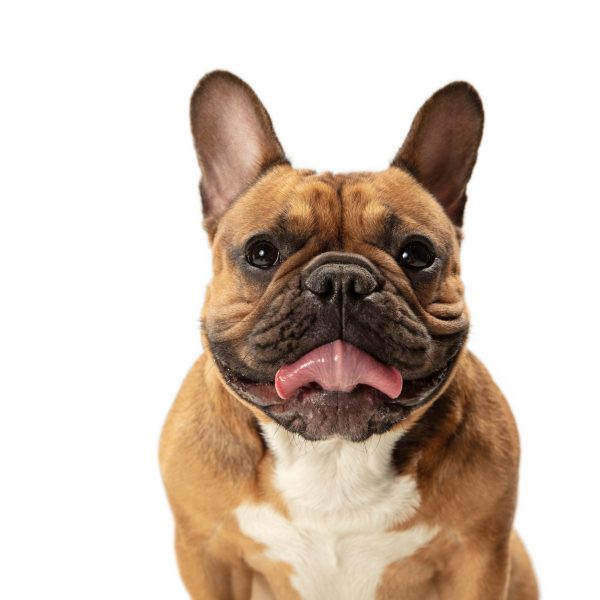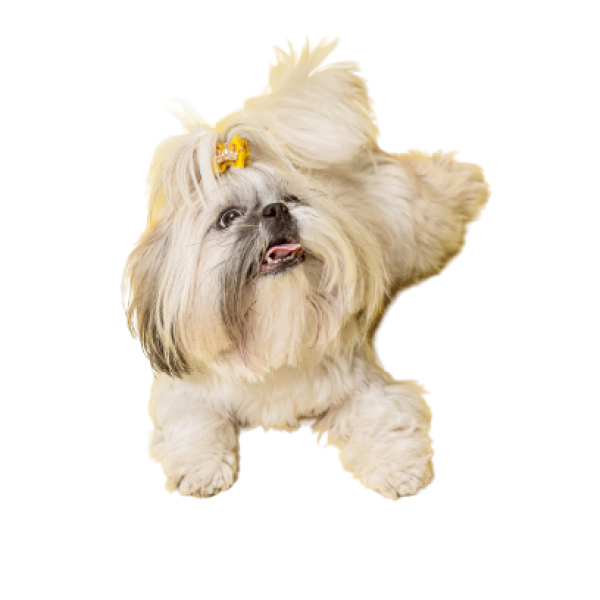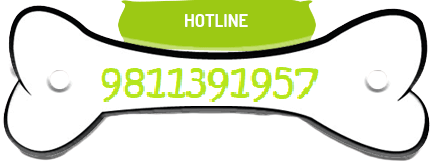Vital Stats
The name “Shih Tzu” means little lion, but there’s nothing fierce about this dog breed. This pooch is a lover, not a hunter.
Bred solely to be companion, Shih Tzus are affectionate, happy, outgoing house dogs who love nothing more than to follow their people from room to room. Since ancient times, they’ve made themselves comfortable on the laps of people from all walks of life, even emperors!
If you’re looking for a small best buddy who who can adapt to apartment living, join you on the couch for cuddles, and shower you with unconditional love, this may be the dog for you.
Weight
25 to 36 Kg
Life Span
10 to 12 years
Height
21 to 24 inches tall
Dog Breed Group
Sporting Dogs
